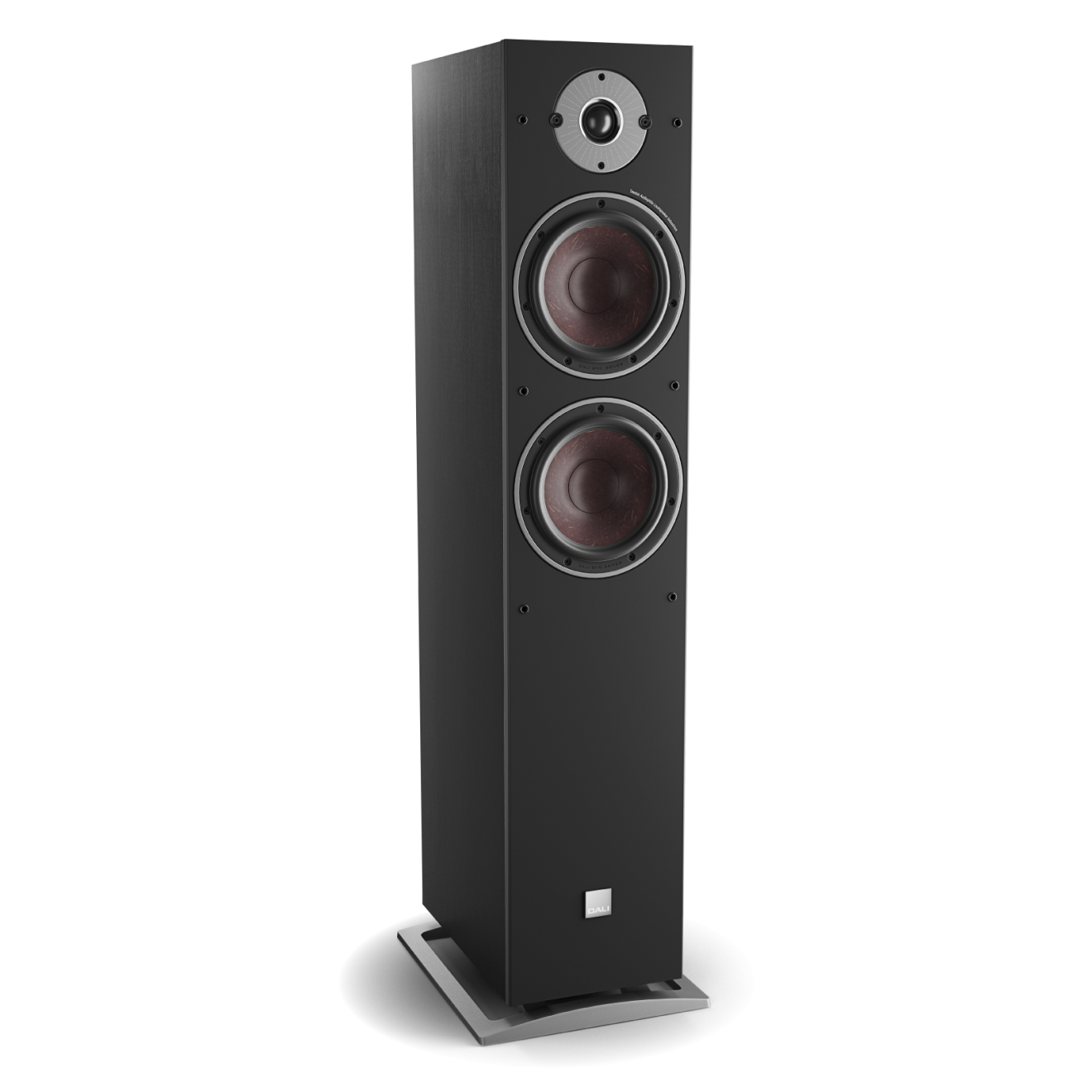Review: Dali Oberon C – For quite some time now I have been using a pair of DALI Oberon 7 speakers for my reviews. These will soon give way to something new, but before that, the comparison with the new active Oberon 7 C is of course obvious. I know the passive Oberon 7 through and through and so it seemed appropriate to DALI Benelux if I would put the new C variant to the test. Is the active one just as easy going?
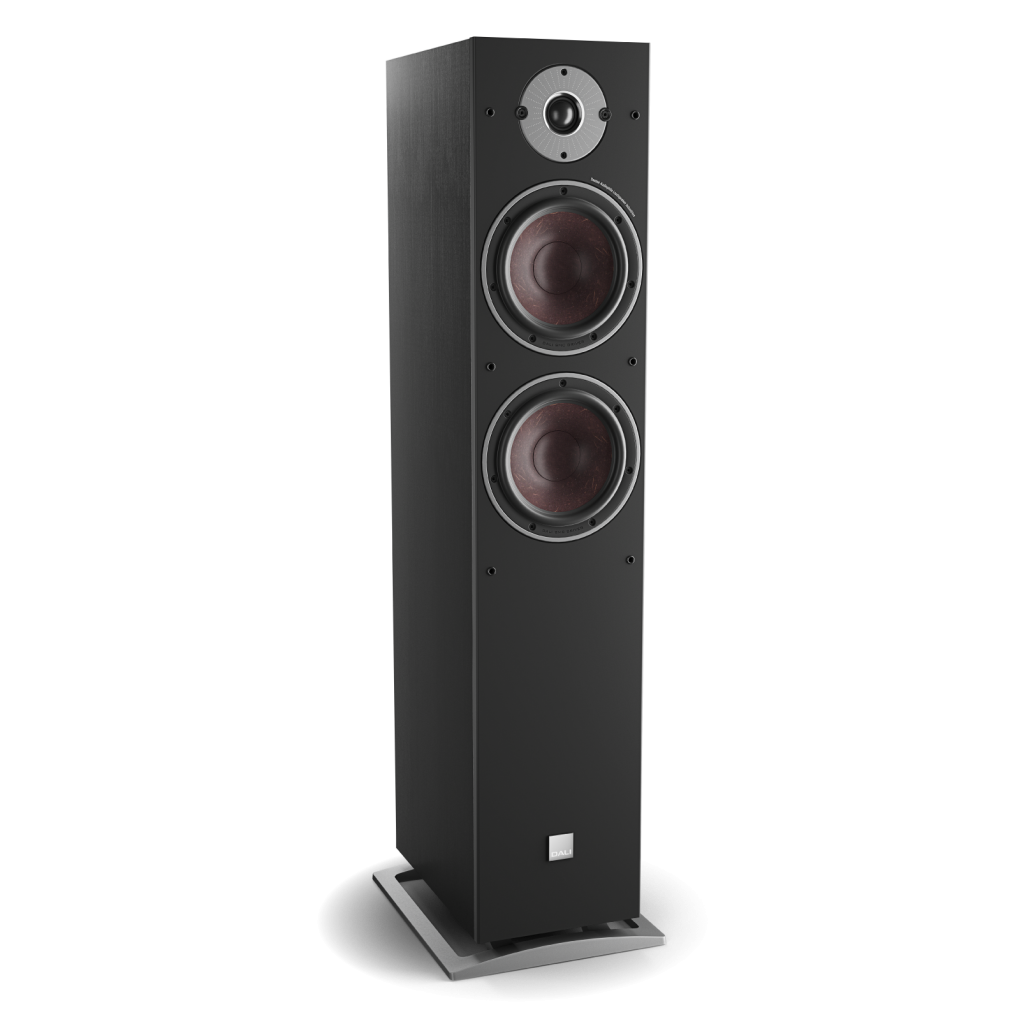
DALI Oberon C Series
Is the DALI Oberon C an extension of the Oberon series or is it an extension of the wireless range? DALI sees it more like the latter. It is just another option for customers who want an easy peasy audio solution for the living room near the television. But one that offers a lot more quality than an average soundbar or Sonos-like solution.
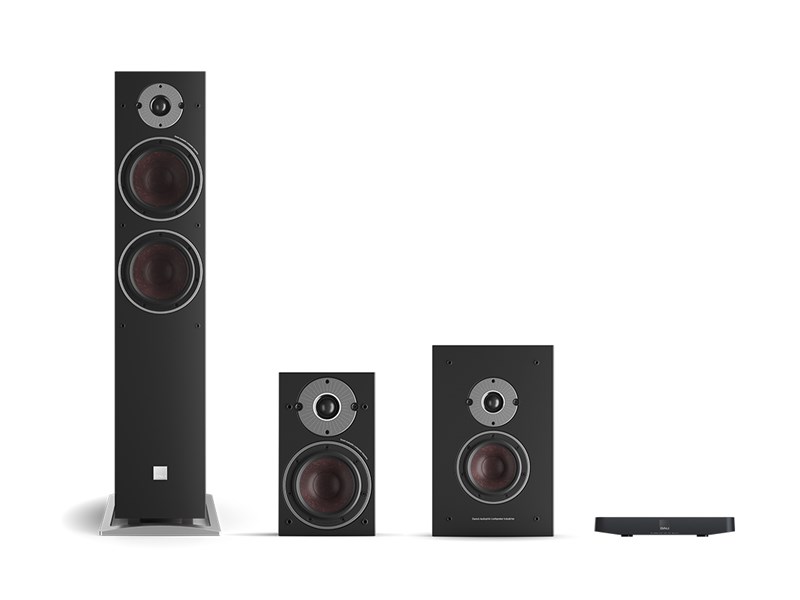
In this new Oberon C series there are a bookshelf model, the Oberon 1 C, a model for your wall, the Oberon On Wall C, and the floor stands discussed in this review, the Oberon 7 C. Where the speakers are an extension in the wireless range are in the lower segment, with the Callisto above it and the active Rubicons above it, the new compact hub is also an extension of the same wireless ecosystem. It is all interchangeable namely. Do you want to combine the new Oberon C with the older and larger Sound Hub ? No problem! A smart move by the Danes.
Sound Hub Compact
Smart move? Why is that so smart then I hear you think. In terms of possibilities and price, the new Sound Hub Compact is below the hub previously marketed by DALI. For example, there are no expansion slots in the compact hub and BluOS is therefore not optionally available. Streaming at the new hub can therefore only be reached with an external device. This can be in the form of an external streamer via one of the available inputs or in the form of your mobile phone in combination with a bluetooth connection. And let the latter variant be one of the most used ways to listen to music nowadays.
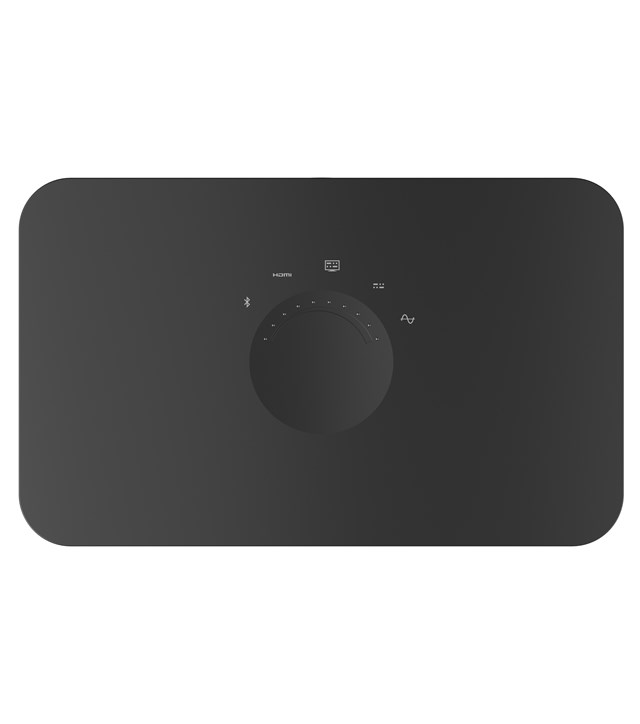
The Sound Hub Compact is cheaper, but no worse than the Sound Hub, because just like the Sound Hub, the Compact is also equipped with aptX HD support and the same high-resolution wireless signal transmission. The new Compact is even equipped with version 5.0 bluetooth in contrast to version 4.2 on the Sound Hub and an HDMI input with ARC! The Compact therefore lacks the expansion slots and a coaxial digital input. The new Sound Hub Compact seems to be primarily aimed at those who want to improve their TV sound and who already have music apps with their smart TV.
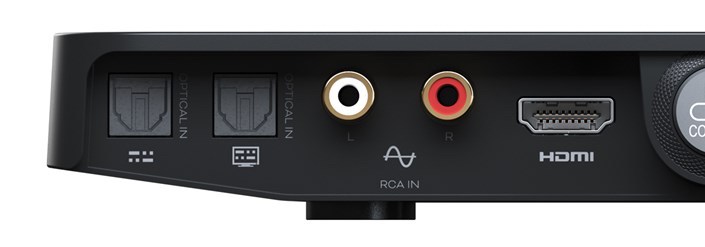
If streaming via Bluetooth or music from apps on your smart TV are sufficient for you, you do not actually have to pay for the more expensive hub. Good, sounds nice? Just a concrete calculation. The Sound Hub Compact costs € 299. The Sound Hub excluding BluOS module costs € 649 and including that € 499 module, so just under € 1150. That is a serious price difference of € 850. And yes, the Sound Hub is really a lot nicer finished than the Sound Hub Compact, but is that worth the price difference to you? Ultimately, everyone has to make that choice themselves, of course.
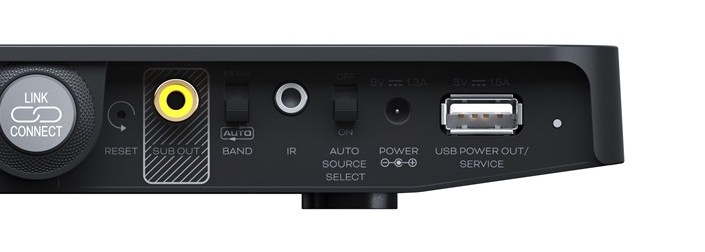
It almost seems that DALI praises the regular Sound Hub a bit too high or the Sound Hub Compact too low. Because another simple calculation. If you still want BluOS, you can purchase the Sound Hub Compact with a Bluesound Node 2i. Are you still (much) cheaper? Take advantage of it I would say.
Oberon 7 C
Okay, back to the speakers. Those are active versions of the Oberon 7 . So the back looks different. No speaker terminals on the C variant, but an amplifier per speaker and a power cable. The speakers are therefore not mutually connected with a cable, as you often see with competitors. The speakers are connected via the Sound Hub (Compact).
What is striking about the rear of the speakers is that, in contrast to the other active models from DALI, it now seems that you can create a surround setup with the Oberon C series. A brief explanation from Ronald Wagemaker of DALI Benelux teaches me that support for surround is indeed on the way. This is expected to be summer 2021. Good news! We will wait a while to see exactly how that will take shape, but speculation is always allowed. I myself expect standard surround support with the Sound Hub Compact and an HDMI module for the Sound Hub. Don’t pin me on it!
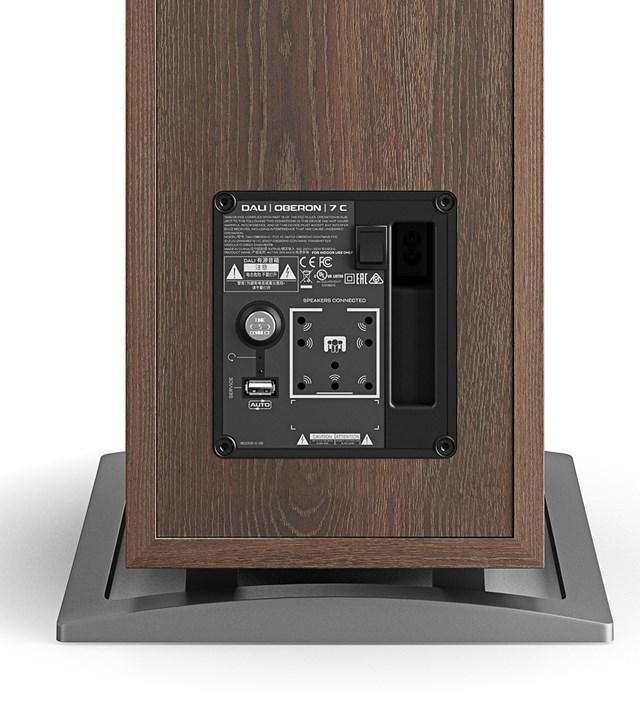
The specifications of the active and passive ‘7’ are not identical, by the way. The active variant continues a bit further in the low (31Hz versus 36Hz) and there is an active 24-bit DSP crossover filter, instead of a passive crossover filter. The drivers used are then identical. 2 x 50 Watt class D amplification is available per speaker.
Plug, press and play
Installing the system is child’s play. You therefore need a power point per speaker and then another power point for the Sound Hub Compact. Once power is supplied to all devices and you can press the large gray connect button on the back of the Hub. Then you press the same button on the back of each speaker and use that button to indicate where it is located. When you have paired both speakers, and you get feedback in the form of a tune as we already know with the other wireless speakers from DALI, press the connect button on the back of the Hub again to let you know that you are ready, and that’s it .
Of course you still have to connect sources such as the TV and a bluetooth device, but then you are really ready to listen. If you have connected the TV via HDMI you can continue to use the remote control of your TV to turn it up and down and there is also auto sensing on board to automatically switch to other inputs if you have connected something to it and what starts to turn off. play. You don’t really need more than your mobile phone and your TV remote control. And otherwise you always have a great compact remote control at your disposal that DALI supplies.
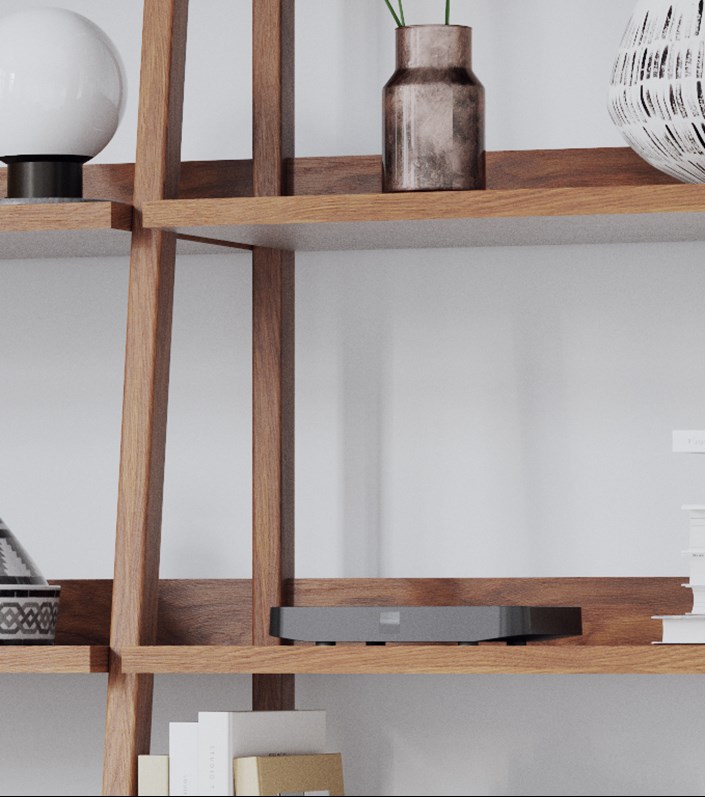
Listening and comparing
Ok, the first thing that strikes you so much when switching between the Oberon 7 connected to a Rotel RA-1592 and the active Oberon 7 C is that the display on the active variant is much more prominent. The reproduction seems to play more in front of the speakers than a little further back with the passive Oberon 7. The pair of Oberon 7 in combination with the Rotel play very broad and quite laidback with a lot of depth in the sound image. The soundstage at the 7 C is almost as wide, but with less depth and a somewhat thicker middle area. And I find that quite remarkable since the Oberons, and DALI in general, do not have such a pronounced mid-range. And it doesn’t sound bad by the way, don’t get me wrong, but the match of the built-in amplifier with the drivers is essentially different in sound than with a fairly fresh Rotel amplifier. I have to get used to that and I definitely wanted to mention that.
Listening without comparing
After having stopped switching between the passive and active version, I just started listening to music on the Oberon 7 C. No distraction from equipment, just focus on the music. Used as probably many people would use these speakers. So with the bluetooth connection from my iPhone Xr. Sources are various apps on my phone, but Tidal and TuneIn in particular are widely used.
The playback sounds nice and balanced. Nowhere is overemphasized or underexposed and partly due to the convenience of your mobile in your hand you can listen for a long time and browse endlessly through the Tidal catalog. That is positive. Listening fatigue is not a good sign. Something I would have liked was the ability to adjust bass and treble. Even if only slightly in the direction of a -1 or +1 setting. So you have to do it with the tuning like DALI has come up with. Not bad per se, but I would like a bit more influence as a user.
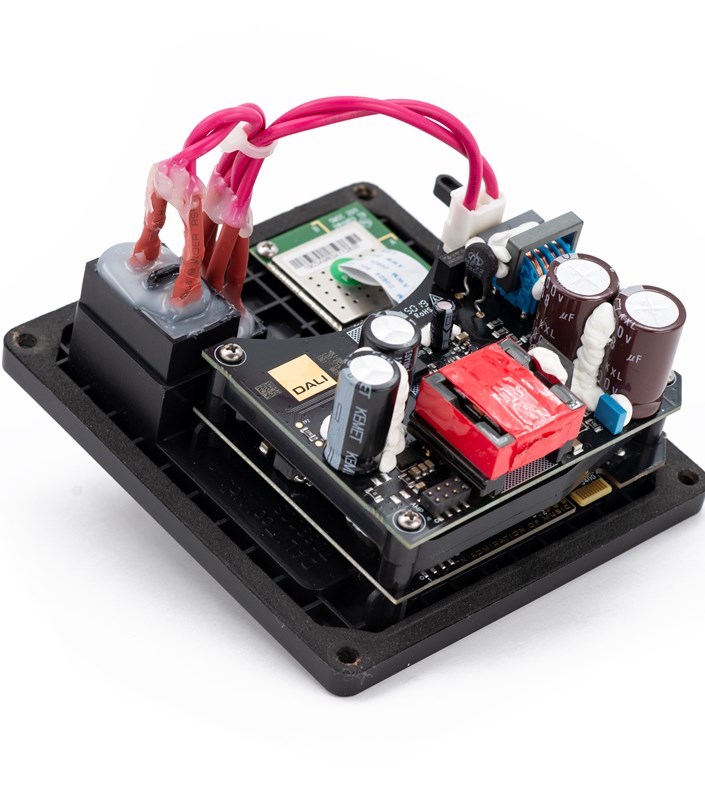
Simplicity meets quality sound
And so it turns out, you really don’t have to put down any capital to enjoy quality sound. You don’t have to undertake an endless search to match the ideal amplifier and ideal speaker. You don’t have to worry about speaker cables or power cables. You don’t have to worry about a loose streamer or other sources. You grab your mobile phone, connect to the Sound Hub Compact and listen to music. Or you switch on your TV and you don’t even have to grab a remote control other than that of your TV and you enjoy sound that no soundbar can offer you. Even the most expensive soundbars, which cost even more than this set, do not bring you the musicality that DALI offers you, and that is because they are really hi-fi worthy speakers, even in the active version.
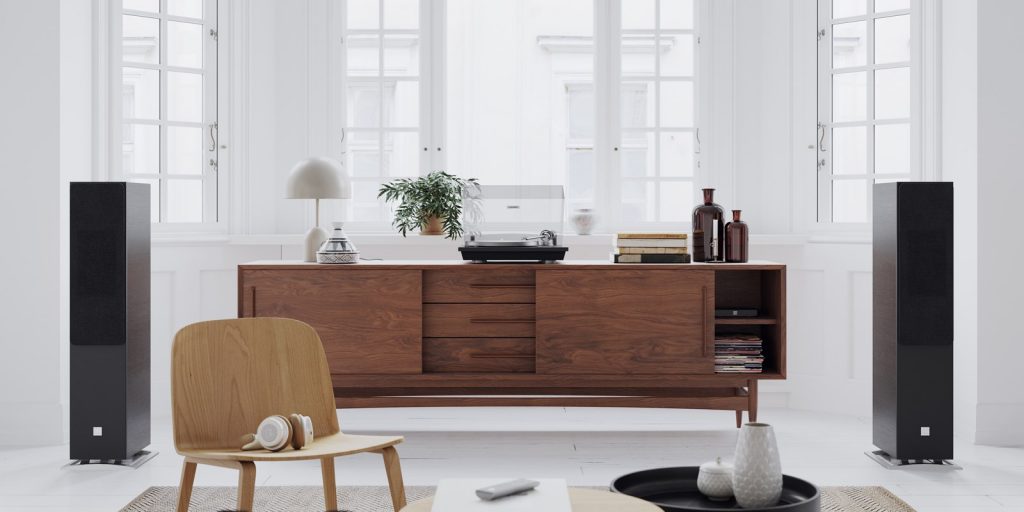
Worth mentioning by the way; the layer reproduction is also a strong point. You can connect a subwoofer to the Sound Hub Compact, but you certainly don’t need it at 7 C. Your favorite Netflix series gets more than enough foundation when you flank your TV with the Oberon 7 C.
Conclusion
What DALI does very cleverly is to know who the target group is when they develop a product. They stick to that target group and that translates into a fantastic price-quality ratio. Just look at the Sound Hub Compact. That is, in relation to the regular Sound Hub, very competitively priced.
The Oberon C line is for that group of consumers who really want the convenience and simplicity of a soundbar. No more separate components, just simplicity in operation and a better sound with their smart TV than the standard TV speakers. But it is often the same group that after purchasing that soundbar continues to long for the same components, almost cursed by them, because the music just doesn’t sound so good on that soundbar.
Of course there are speakers that sound better. Of course there are a lot of audio fanatics who will claim that a separate amplifier and passive speakers can reach a higher level, but those people clearly do not belong to the target group that DALI has in mind. As far as I am concerned, they are therefore highly recommended!
PLUS POINTS of Dali Oberon C
- It doesn’t get any easier than this
- Sound Hub Compact offers a lot for little
- Living room-friendly in appearance and placement
- Hub can be placed out of sight
MINUSES of Dali Oberon C
- No tone control
- Still manage to sell that soundbar
- Sound Hub (Compact) is and remains mandatory
